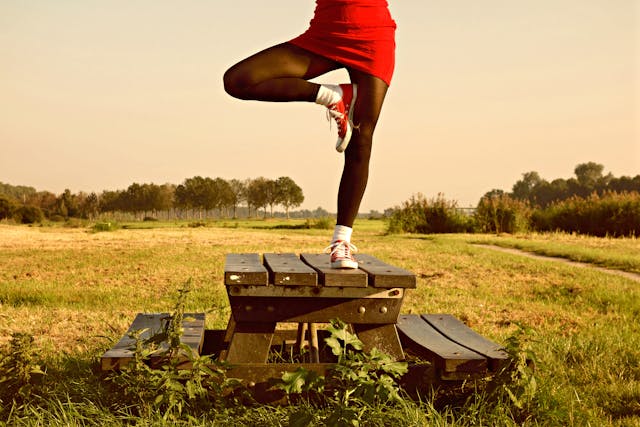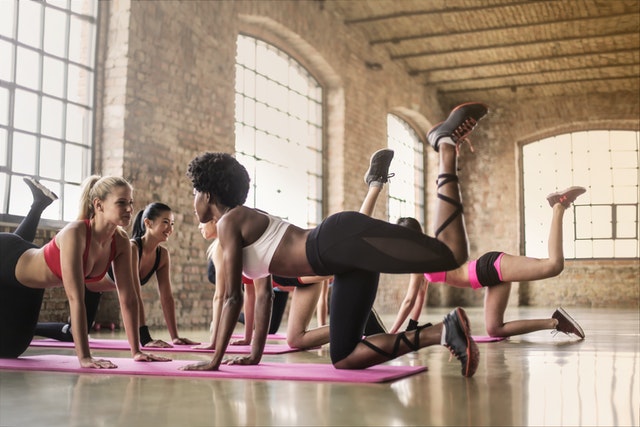Proprioception, often referred to as the “sixth sense,” is intrinsic to everyday movements and athletic performance, allowing individuals to sense the position, movements, and actions of their muscles and limbs without visual cues. This bodily awareness is crucial for maintaining balance and coordinating complex movements. As a fundamental aspect of human movement, proprioception can be enhanced through specific exercises designed to challenge the body and train the mind-muscle connection, ultimately leading to improved balance and coordination.
Integrating proprioceptive exercises into a daily routine can significantly benefit athletes, dancers, or anyone seeking to improve their body control and stability. These exercises often involve movements that require concentration, body awareness, and controlled adjustments, such as balancing on unstable surfaces or performing dynamic movements that mimic daily activities. The proprioceptive activities guide from Soundsory will help study some structured approaches to enhancing proprioception in various contexts, including developmental programs for children. Please keep in mind that this information is for informational purposes only. For further information please consult a medical professional.
Key Takeaways
- Proprioception is essential for balance and coordination.
- Exercise can enhance mind-muscle communication and body control.
- Structured activities support proprioceptive development.
Understanding Proprioception And Its Role In Balance And Coordination
Proprioception, commonly referred to as the “sixth sense,” plays a critical role in enabling movement, balance, and coordination. It involves the complex interplay between the nervous system and specific receptors located in muscles and joints.
The Science Of Proprioception
Proprioception is the body’s ability to sense movement, action, and location without relying on vision. This internal sense is mediated by proprioceptors found in connective tissue within the joints and muscles. These proprioceptors send signals through the nervous system to the brain, which interprets them and allows an individual to understand where their limbs are in space. This feedback loop is essential for precise movement and maintaining posture.
The Importance Of Balance And Coordination
Balance and coordination are vital for performing everyday activities and reducing the risk of falls. The vestibular system, which includes parts of the inner ear and brain, contributes to balance by sensing changes in head position and movement. When combined with proprioceptive and visual inputs, an individual can maintain equilibrium even during complex movements. Efficient proprioceptive function enhances coordination, allowing the body to react promptly to changes in the environment.
Effects of Aging On Proprioception And Balance
As individuals age, the efficiency of proprioceptors and overall proprioceptive ability often decreases. This degeneration can lead to challenges with balance and coordination, increasing the risk of injuries due to falls. Various exercises can improve proprioception, such as those that focus on balance and kinesthetic awareness. Regular proprioceptive training can mitigate the effects of aging on the musculoskeletal and nervous systems, thereby supporting better balance and coordination in older adults.
Proprioception Exercises For Enhanced Stability And Performance
Proprioception exercises are designed to improve balance, coordination, and the overall ability to sense the position of one’s body. These exercises contribute to both injury prevention and enhanced athletic performance by targeting muscle groups and the nervous system complex responsible for spatial awareness.
Balance Exercises
Strengthening one’s ability to balance involves both static and dynamic exercises. Single-leg balance is a fundamental exercise where one stands on one leg for a set duration of time, focusing on maintaining stability. Progressions may involve the tree pose from yoga, which adds an element of limb positioning to the balance challenge. For those participating in sports or seeking to improve functional fitness, integrating tools like a balance board can simulate real-world balance demands.
Strength Training And Flexibility
Strong muscles and flexible joints are crucial for proprioceptive efficiency. Incorporating squats helps to build strength in the leg muscles, particularly around the knee, thus enhancing stability. Pairing strength exercises with flexibility training, such as in Tai Chi, can promote joint mobility, and reduce the risk of falls and ankle sprains. A physical therapist might recommend the bird dog exercise to engage the core muscles while also training stability and coordination.
Dynamic Movements For Coordination
Dynamic and sport-specific movements enhance proprioceptive abilities through a range of motions. Athletes may perform drills that mimic their sport’s requirements, incorporating changes in speed, direction, and uneven surfaces. For everyday fitness, dynamic movements might include exercises like hopping, skipping, or agility ladder drills to challenge the body’s coordination and reaction to various stimuli. Developing these skills can be especially beneficial as components of injury rehabilitation or to counterbalance the effects of aging on physical activity and stability.
Conclusion
Proper integration of proprioception exercises into regular fitness routines can lead to significant improvements in balance and coordination. These exercises are designed to heighten body awareness and reduce the risk of injuries. By practicing movements such as single leg stances, and incorporating tools like balance boards, individuals can enhance their proprioceptive senses. It is recommended to include a variety of these exercises to effectively challenge and train the body’s sense of position and motion.



